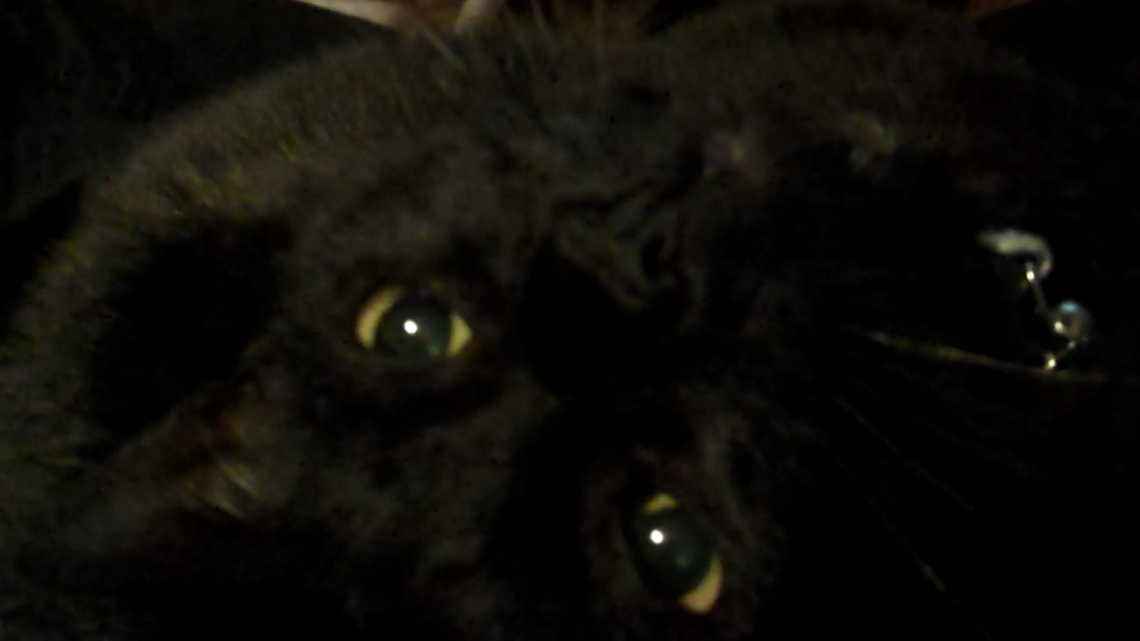I was asked what I thought of this story by US columnist Emily Bazelon about how she celebrates her sons’ birthday parties. The two boys, Eli and Simon, are 10 and 7 – and ever since the older boy’s third birthday they have celebrated a “bookswap” birthday party.
Twenty five children are invited to the party and each is asked to bring a (wrapped) book. At the end of the party each child takes away a different (still wrapped) book. The rationale for this is that the birthday bookswap celebrates the anti-consumerist values of the parents since the boys want for nothing and don’t need twenty five presents.
The problem is that the children hate it. After the first three years of the bookswap at nearly 6 Eli protested and the parents modified their austerity rules. Now twenty children bring wrapped books but five selected guests are expected to bring sizable consumer toys. Emily says: In the e-mail to the parents of the five present-givers, we told them to go nuts. They were happy to play along. “We’ll make it sure it’s BIG and made of PLASTIC,” one mom wrote.
That was four years ago. Eli has just had his tenth birthday and both children still hate the book swap. Emily describes their raction in her 22nd January column: Over the years, the kids have not exactly embraced the book swap. Nor do they tolerate it as a mildly irritating but harmless parental quirk. They hate it. Every year their protests grow louder. Meanwhile the parents don’t seem at all clear on what the bookswap is intended to achieve. They lavish their children with presents throughout the year, giving one a night throughout Hanukkah. They also allow family members (themselves, the uncles and aunts and the grandparents) and the five chosen children to give birthday presents. It’s not mentioned if the parents themselves celebrate their birthdays with bookswaps. So it appears that the only time this anti-consumerist sentiments are expressed are on the boys birthdays.
No argument against it works. The message from the children is clear.
“But I want 25 presents! I don’t care. I hate book swaps. I’m NOT having one. Nobody else has to. IT’S NOT FAIR! Why can’t I be like everyone else?
But the parents are immovable. The children don’t need 25 presents. They don’t think the idea of giving half the presents away to a charity is polite to the guests. They wants their kids to have some spine and not want to be like everyone else. They could donate the money from their own present for the boys to a soup kitchen – but they don’t want them to miss out on large parental presents like this year’s gift of a camera.
In the article Emily explains that in the end Eli gave up. Drama subsided into anticlimax. At the party, we did the book swap. Eli said not one more word about it, either of protest or acceptance.
It’s difficult to explain quite how depressing I find this whole sorry tale. The bookswap is pointless. 25 middle class children get presents, charity gets nothing and two children are cheated of the one day they can get to feel special. I think it’s particularly sad that the parents expect their children to debate them, to explain their reasons for not wanting the book swap, when the parents can’t explain their own reasons for having it in the first place. On top of that there’s the problem that books (and by extension literacy and language) are made a ‘teaching moment’ but the children themselves are not given any books and not expected to value books as gifts. Five guests are allowed to bring ‘real’ presents which are not books.
And I wonder if the five selected guests are being selected on the basis of their financial ability to produce really good real presents. Is this teaching anti-consumerism or tactical trading for the best return for the smallest investment?
There are so many better ways of doing this. Let the child receive the 25 presents of their guests but ask them to donate half the presents to charity. (I have no idea why Emily thinks this is not nice to the guests – it could be done after the guests have gone.) Or have the child donate some gently used toys of their choice to charity. Or ask that all 25 presents be books – I’d have loved this idea, although not all children would. Or ask that children don’t bring gifts, or only small gifts, or a small gift and a charity donation. Or forget the whole sorry exercise and on another date volunteer as a family to do charity work.
So, my opinion is that the birthday bookswap is misplaced idealism. What do readers think? Does your opinion change if you don’t belong to a culture that celebrates birthdays? How would you feel as either the child, or as the parents, in this situation?


